Bowling News
RESEARCH PROMPTS USBC TO PROPOSE ADJUSTED SPECIFICATION FOR BOWLING BALL HARDNESS

Possible Spec Changes Coming For Bowling Ball Hardness
ARLINGTON, Texas – After conducting research and performing field tests on bowling balls used in competition, the United States Bowling Congress proposes adjusting the specification for ball hardness to 73D for all models.
As part of the proposed specification change, USBC proposes eliminating the use of field tests to check bowling ball hardness because of challenges related to workability, temperature control and variances in testing devices.
Manufacturers will be asked to discontinue additional production of models previously approved below 73D by July 31, 2021. USBC is inviting a comment period for manufacturers through June 1, 2020, on the proposed changes.
The USBC Equipment Specifications Committee, which has delegated authority from the USBC Board to make equipment specification changes, proposes specification changes based on research provided by the USBC Equipment Specifications and Certifications staff.
The ESC staff conducted field tests on bowling balls at the 2020 U.S. Open and at the 2020 World Series of Bowling in advance of the 2020 USBC Masters. The field tests demonstrated urethane shells naturally become softer with use over time, compared to when initially approved, while reactive shells show little change.
While the results vary in magnitude by manufacturer, the trends were the same. USBC field testing showed five urethane ball models across three different manufacturers averaged under 72D after use.
At time of approval, a bowling ball currently must have a hardness of 72D or higher. Raising the specification to 73D ensures reactive shell balls, which have higher hook potential than urethane, will stay above 72D hardness at all times.
The proposed specification allows balls to soften, as they naturally will with use over time. Currently, 32 ball models approved by USBC passed testing with at least one sample ball under 73D. All previously approved balls remain approved and can continue to be used in competition under the proposal, and any balls confiscated by USBC during field testing for additional research would be returned and could be used in competition. USBC does not feel having urethane balls naturally fall below the hardness specification is a competition concern, since reactive balls have more hook potential than urethane.
USBC will maintain the requirement preventing bowlers from altering ball hardness as listed in the Equipment Specifications manual and in the USBC Rulebook (Rule 17a. Unfair Tactics):
* The use of chemicals, or other methods, to change the hardness of the
surface of the ball after it is manufactured is prohibited.
Visit BOWL.com/EquipAndSpecs for the 2020 Hardness Research Report and related research.


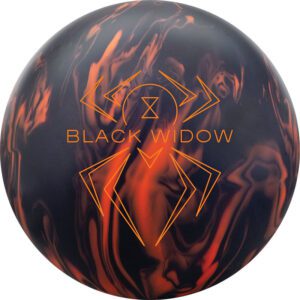











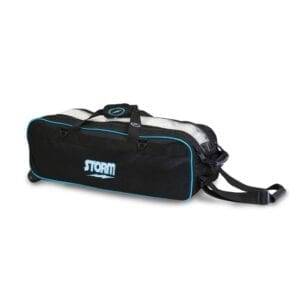
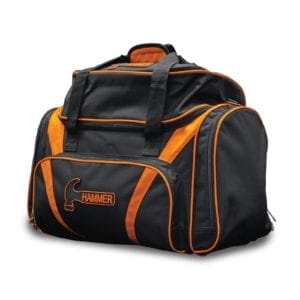

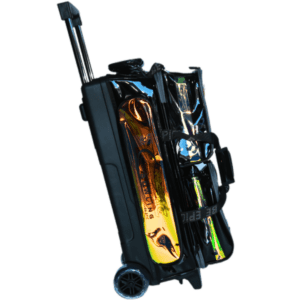






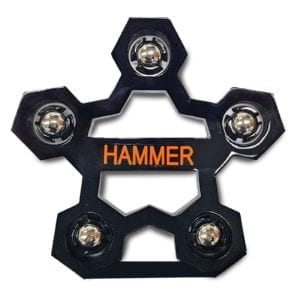


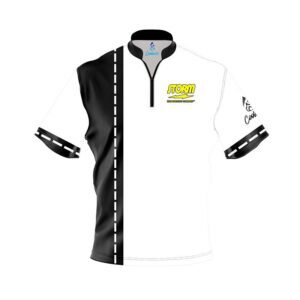
















So what does these mean with regaurds to a older ball ex black zone
Looking good guys
How big is the difference between 72D and 73D? Will it really have an impact in the field?
With no field testing, USBC is then going to rely on all submitted balls from manufacturers to comply. How is that any different than today?
“…workability, temperature control and variances in testing devices.”
In certain parts of the country, temperature is a large factor, I agree. I’ve lived in Georgia, Texas and Rhode Island and the variation in temperature is considerable. But how much change is there to the hardness of a ball? I’m sure summer in Dallas can soften a ball, especially if it’s been in the car for a couple of hours. I can also see how testing within this variable can be problematic. However, a testing environment to establish standards shouldn’t be that difficult to create. This is, I believe, what the “workability” statement is about.
Variance in testing devices tells me the manufacturing standards for these devices are less than they should be. Perhaps there are durometers of higher quality? Yes, they are also probably more expensive.
Taken all together, I don’t see how the statement, or plan, from USBC makes any difference on the lanes or in the equipment.